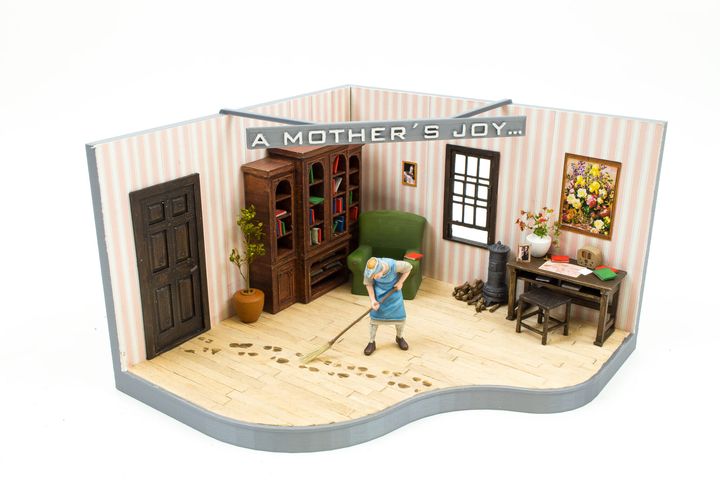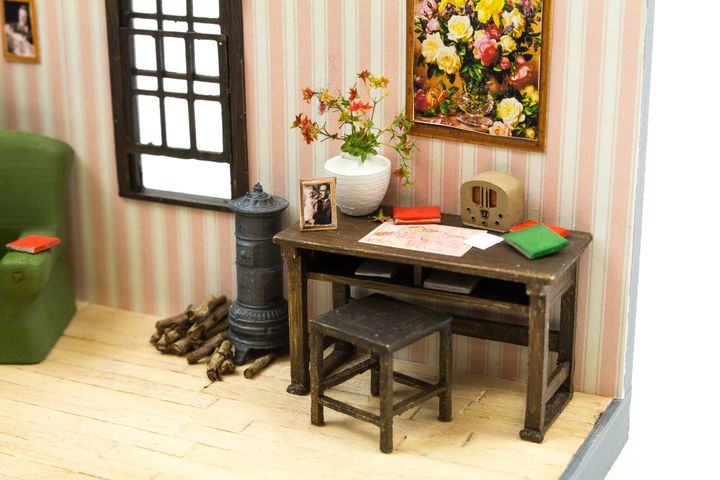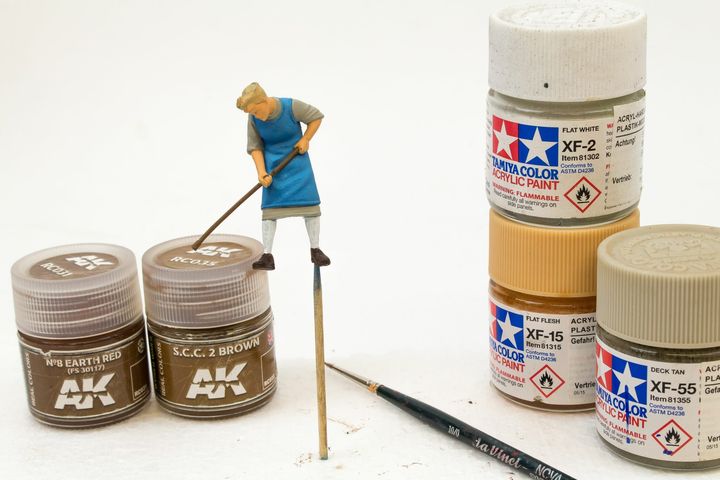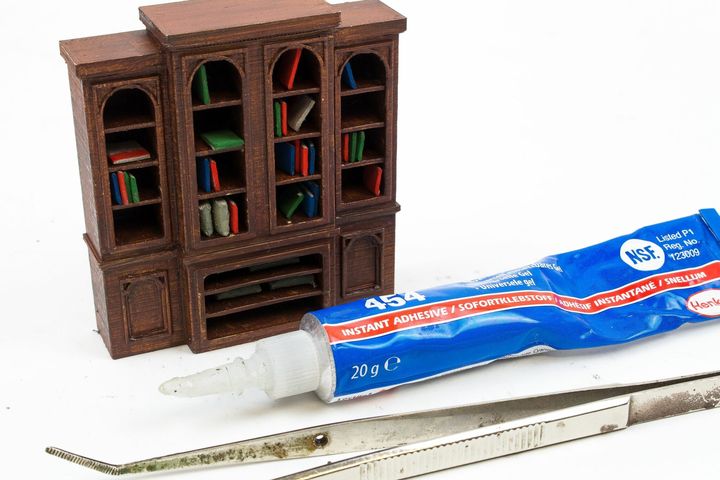
This week’s selection is the detailed 3D printed “A Mother’s Joy” diorama by Michael Mandau.
Prusa Research provides a very informative blog series, where they promote the use of their popular 3D printers in a variety of ways. Often they show how to do things that might not be obvious, and it’s a great help to their community.
This past week they posted an incredibly detailed piece on the production of a 3D printed diorama. A diorama is a stage-like arrangement of objects and people that is much like a three-dimensional painting. You’ll often see them in museums, but it’s also possible to make them at a small scale using 3D printing.

The story details the journey of Prusa MK3S operator Michael Mandau, who is a modeler and actual diorama artist based in Germany. You can read a lot more about his modeling work on his site, “Scale Modeling”.
Prusa Printers’ Vladimir Kafka explained the project:
“His latest work, called ‘A Mother’s Joy’ is quite the opposite: a simple, light-hearted vignette. It’s mainly just a proof of concept for some later, more complicated projects. For this reason, Michael kept it simple on purpose, using a ‘vanilla’ MK3S with factory settings, a 0.4mm nozzle, and a regular PLA filament. Almost no 3D modeling was needed, all objects are ready-made, downloaded from free online databases. And most importantly, no tedious post-processing (sanding) was necessary, the scenery is just printed and painted.”
Mandau explains the inspiration behind the project:
“The other day, one of my little kids rushed in with dirty boots still on, leaving behind a trail of mud, much to the dismay of my wife. An idea for a simple diorama was born! After a quick search through the available online databases, a few interesting objects were found and rescaled to 1:35 scale using the Scale function in the PrusaSlicer. With those models at hand, the planning could begin.”
The rest of the very long story details all the steps Mandau executed to complete “A Mother’s Joy”. The steps are so well-explained that anyone with a 3D printer could easily get through them and produce an incredible 3D printed diorama of their own.

Mandau explained in detail how he went about designing the few components that required creation from scratch, and how he went about finding existing 3D models for other objects in the scene. In all, it seemed to me to be very straightforward.
One item in the diorama was not painted, and that was the figure in the center. I suspect that Mandau did not attempt to 3D print the figure due to the detail required and rather spindly geometry, so he used an existing model. This is likely because Mandau had only an FFF 3D printer at hand, whereas he may have attempted to 3D print a figurine of this type on a resin 3D printer if one was available.
What’s particularly interesting about this piece is the detailed description of how all the components were finished. Wallpaper, for example, was literally guillotine-cut paper pasted on the 3D printed walls. As this is a step not frequently done by 3D printer operators, Mandau explained the precise process for doing so.
Another fascinating trick I would not have thought of myself was the method of painting the figurine. Mandau drilled a tiny hole in the figurine’s foot and then placed it on a toothpick. This allowed access to all sides of the figurine for painting without touching any exposed surface.

The level of detail involved is incredible. Mandau actually made very tiny “books” to put on the miniature bookshelf. I’m not sure how he resisted the urge to letter them, though.

There are two important lessons from this project.
First, even a single-extruder FFF 3D printer can be used to create amazing things.
Secondly, the true power of 3D printing is best leveraged when combined with other making techniques.
Via Prusa Printers
